Growth planning isn’t just a goal – it’s a process
It all starts with a plan
So you want to grow your business. Great! But how? For your business to grow, you must first do two things: focus and prioritize. If you understand the key pillars of your business, you’ll be able to identify which areas are performing well – and those that could use some extra attention. This will help you deliver your revenue streams more efficiently and build the most value for your audience.
Goal planning in just four steps
Sticking to a tried-and-true framework will make this planning process a whole lot smoother. It will help you focus on why you’re doing what you’re doing and help you balance your short-term tactics and long-term planning and objectives. Once completed, this framework will become a guiding tool for the next year, helping you dedicate time and effort in the right places to reach your growth goal. Keep in mind that no matter what your goals are, you must keep all of your efforts aligned with your overall business goal. This will help you maximize your results and make the most of your efforts.
Here is a simple framework you can use to prioritize your goals. This framework is divided into 4 parts: Align, Prioritize, Tactics and Measurement.
Step One: Align
The key to this process is to start with a clearly defined ultimate goal. You can’t get where you want to be if you don’t know where you’re heading, right? This means thinking beyond just the growth of the business; you need to think in terms of revenue dollars, growth percentage, market share, etc. It’s important to get your whole team aligned on the ultimate goal before you move on. This will keep you on track and make the next steps easier and much more efficient.
As for the business’ priorities, ask yourself and the team the following questions:
- Are we focusing on a specific industry, customer segment, channel or region?
- Are we focusing on sales enablement?
- Are we focusing on addressing increasing competition?
- Are we introducing a new Brand?
- Are we focusing on new markets, industries or regions?
Keep in mind that all of your priorities should directly support your ultimate goal. If they don’t, then they’re not worth your time and energy.
step Two: Prioritize
Okay, so your team has aligned on your ultimate goal and you’ve set the business priorities. Now it’s time to decide which ones you should tackle first. Imagine you could only tackle a few at a time; how would you rank them in terms of importance? It may be difficult to prioritize, so try using an impact-to-effort matrix (high/low effort vs. high/low impact) to see which actions are worth pursuing. The most beneficial priorities should rise to the top based on their potential revenue, profit and growth.
Step Three: Tactics
Now that you’ve got a clear idea of what priorities you’ll be tackling, you can start to identify the marketing tactics you will use to achieve them. Once again, it’s important to make sure your tactics align with both your business priorities and your ultimate goal. For example, if your priority is to generate leads that you can nurture throughout your business funnel, you might consider Lead Generation Ads on LinkedIn. This will help to build a targeted list of leads and, in turn, should also contribute to the business’ ultimate goal. See? Efficient! When choosing the right tactics, here’s a little piece of advice: keep a narrow focus. There are a lot of possible tactics to choose from, so keeping a narrow focus will help you avoid feeling overwhelmed.
Step Four: Measurement
You’ve made it to the final – and possibly the most important – step. An investment of time and resources is only as good as what you can measure. Setting measurable goals is imperative because it will define whether or not a tactic was successful. When setting the goals for your tactics, be sure to use the SMART goal framework: Specific, Measurable, Attainable, Realistic and Timely.
An example of a SMART goal: “Increase marketing qualified leads in Ontario by 50% by the end of this fiscal year.”
Key Takeaways
- Be specific and keep a narrow focus.
- Prioritize your goals and align on your #1 focus.
- Ensure your marketing tactics directly align with your overall business goal and priorities.
- Be creative, be bold and take risks – leverage data to help make the tough decisions.
For more great articles and digital marketing content, visit our Content Hub.
About Jan Kelley:
“We help challenger brands grow.”
Our agency’s vision is to become the most recognized agency in Canada for helping brands with a challenger mindset achieve aggressive growth. Every day, we inspire each other to think differently, to step into risk (not fear it) and believe there’s always a better way to drive constant, lasting change. We have the right tools, the right partnerships and the right subject matter experts that help us be a true growth partner for every client.
For more information, visit jankelley.com






